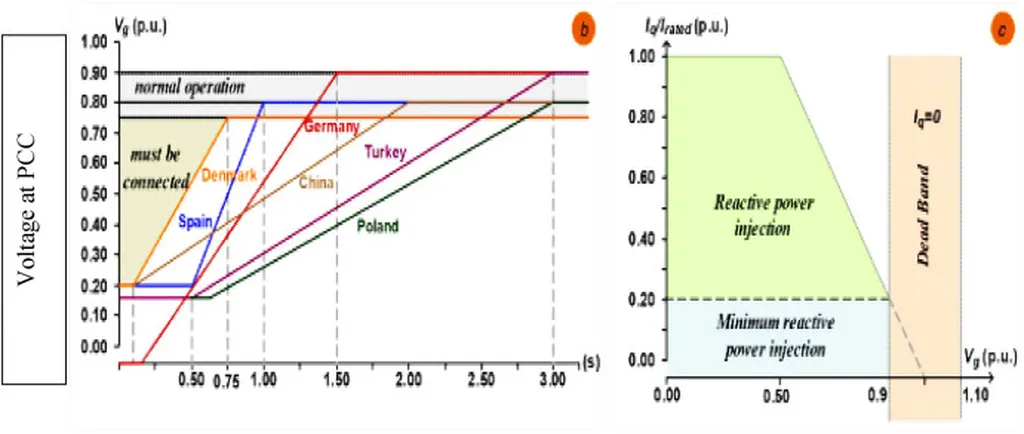In the heart of China, researchers are tackling one of the most pressing challenges in the energy sector: how to integrate more renewable energy sources into the power grid while maintaining stability and efficiency. At the forefront of this effort is Xi Ye, a researcher from the State Grid Sichuan Electric Power Company in Chengdu. Ye’s latest work, published in the journal Zhongguo dianli, which translates to ‘China Electric Power,’ offers a novel approach to multi-source coordinated scheduling that could revolutionize how we manage power systems.
The dual carbon goals—achieving carbon peaking and carbon neutrality—are driving a global push for renewable energy. However, integrating sources like wind and solar into the grid presents significant challenges, particularly in maintaining voltage stability. Ye’s research addresses these issues head-on, proposing a model that considers voltage stability based on Information Gap Decision Theory (IGDT).
“Our goal is to minimize system operation costs and reduce wind curtailment penalties,” Ye explains. “By coordinating thermal, cascade hydro, wind power generation, energy storage, and DC transmission, we can significantly improve the receiving power system’s ability to handle multiple energy sources.”
The model constructs a voltage stability indicator that measures the distance between the system’s current voltage state and its stability limit. This indicator is crucial for preventing blackouts and ensuring a stable power supply. The research also linearizes AC power flow and hydropower conversion constraints using Taylor series expansion and triangle approximation, making the model more computationally efficient.
One of the standout features of Ye’s approach is its consideration of uncertainty. Wind power output and load demand can be unpredictable, but the model accounts for these variables using IGDT. This allows for more robust and reliable scheduling, even in the face of uncertainty.
The implications of this research are far-reaching. For the energy sector, it means more efficient use of renewable energy sources, reduced operational costs, and improved grid stability. For consumers, it translates to a more reliable power supply and potentially lower energy bills.
As the world moves towards a more sustainable energy future, innovations like Ye’s will be crucial. They offer a roadmap for integrating renewable energy sources into the grid, ensuring stability and efficiency. The research published in Zhongguo dianli is a significant step forward in this journey, and it will be interesting to see how it shapes future developments in the field.

